Optimal Timing for Shutter Paintings
Shutter paintings are best executed during specific times to ensure optimal results. Factors such as lighting conditions, weather, and natural light availability influence the quality and longevity of the artwork. Timing also affects the drying process and the adherence of paint to shutter surfaces.
Painting during daylight hours ensures ample natural light, which helps in achieving accurate colors and details.
Dry, mild weather with low humidity prevents paint from smudging or running, ensuring a clean finish.
Spring and early summer often provide the best conditions for outdoor shutter painting, with longer daylight periods and moderate temperatures.
Temperatures between 50°F and 75°F are ideal for painting and drying, preventing issues caused by extreme cold or heat.
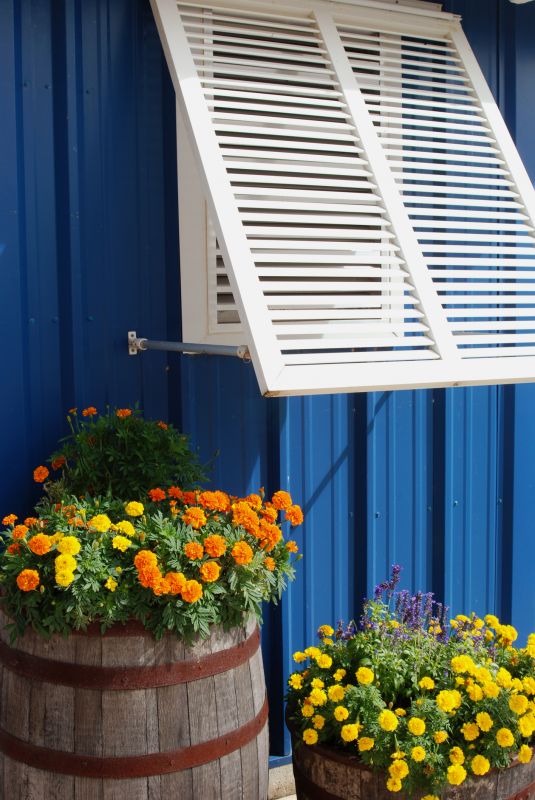
Ways to make Shutter Paintings work in tight or awkward layouts.
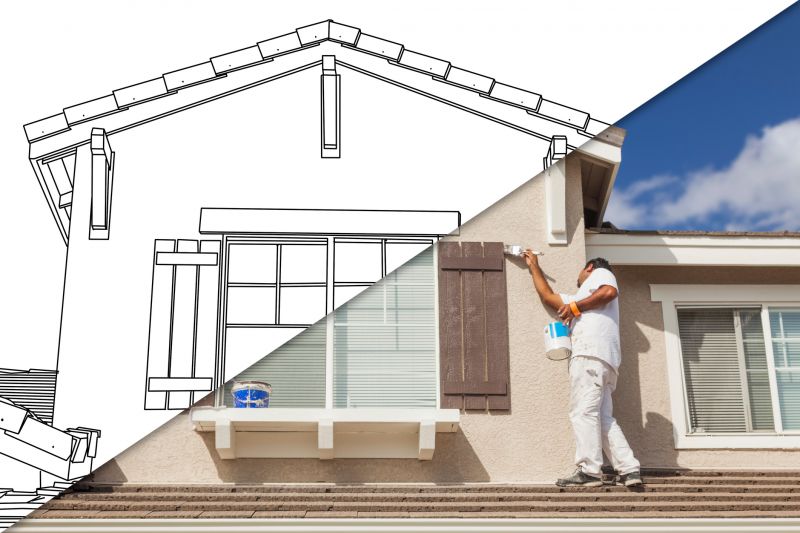
Popular materials for Shutter Paintings and why they hold up over time.

Simple add-ons that improve Shutter Paintings without blowing the budget.
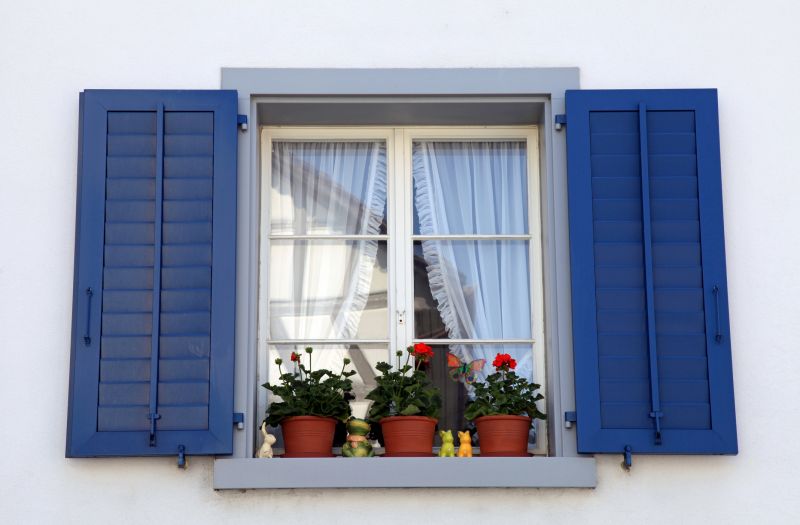
High-end options that actually feel worth it for Shutter Paintings.
Shutter paintings are a form of decorative art that involves painting directly onto window shutters. This craft combines artistic expression with functional design, often featuring vibrant colors and intricate patterns. Historically, shutter paintings have been used to enhance building aesthetics and reflect cultural motifs. The durability of these paintings depends on proper timing, surface preparation, and weather conditions during application.
Statistics indicate that outdoor painting projects are most successful when scheduled during periods of stable weather and moderate temperatures. Proper timing ensures the longevity of the artwork and minimizes maintenance needs. Shutter paintings, when executed under optimal conditions, can last several years without significant deterioration.
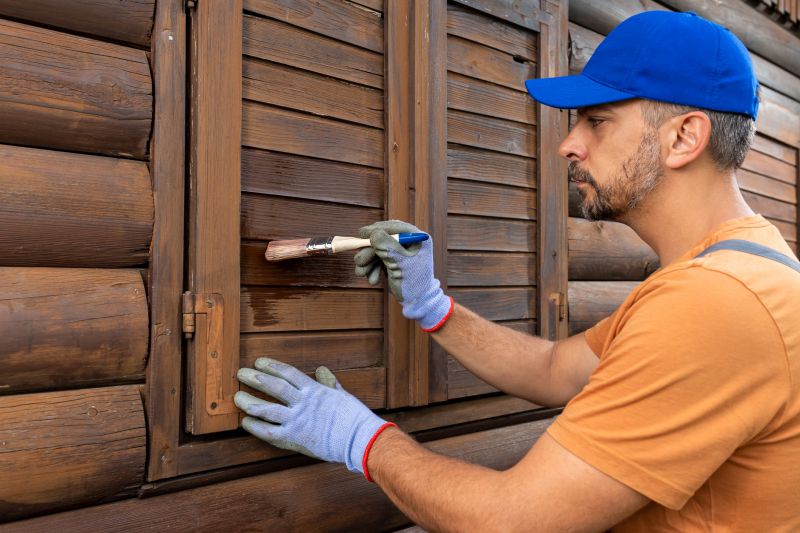
Finishes and colors that play nicely with Shutter Paintings.
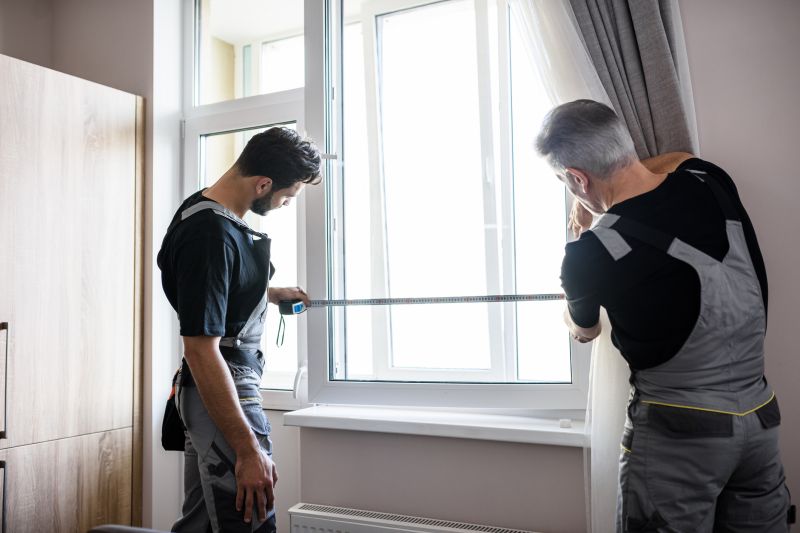
Little measurements that prevent headaches on Shutter Paintings day.
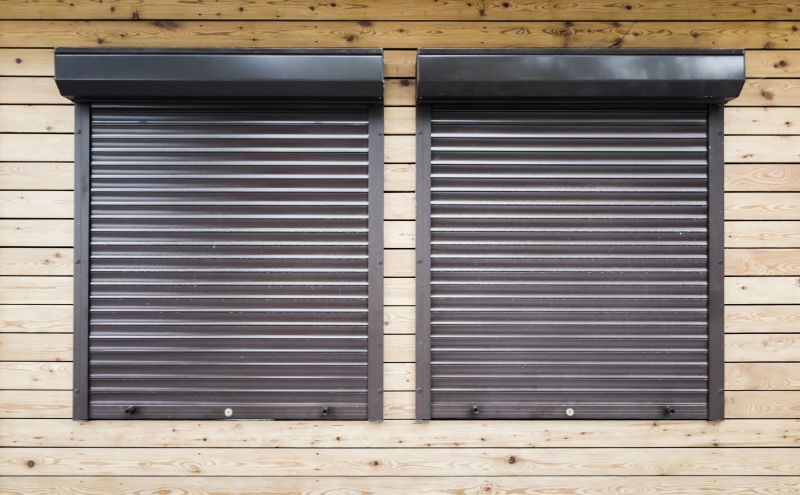
A 60-second routine that keeps Shutter Paintings looking new.
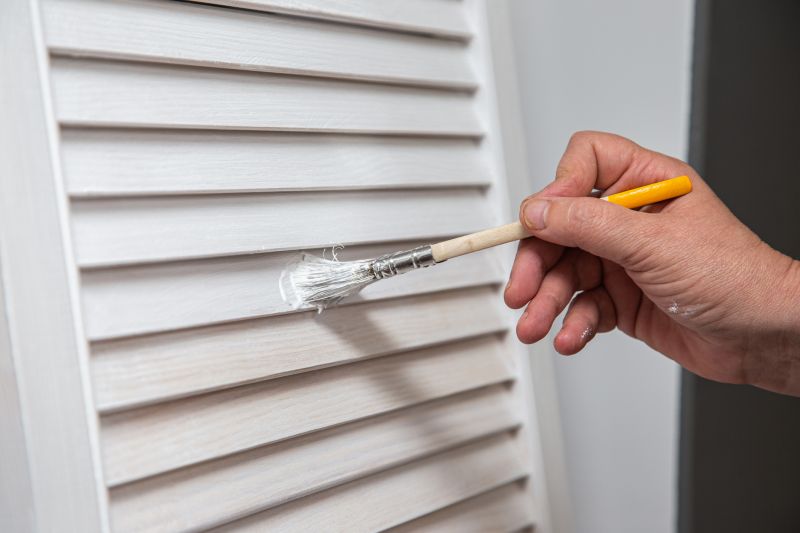
A frequent mistake in Shutter Paintings and how to dodge it.
| Timing Factors | Details |
|---|---|
| Daylight Hours | Painting is best done during mid-morning to early afternoon for consistent lighting. |
| Weather Conditions | Dry, mild weather prevents paint from running or smudging. |
| Temperature Range | Ideal temperatures are between 50°F and 75°F. |
| Season | Spring and early summer are preferred for outdoor projects. |
| Humidity Levels | Low humidity supports proper drying and adhesion. |
| Forecast Stability | Avoid days with rain or wind forecasted. |
| Surface Preparation | Ensure shutters are clean and dry before painting. |
Choosing the right time for shutter painting enhances the durability and appearance of the artwork. Proper timing reduces the risk of damage and ensures a smooth application process. For best results, plan projects during periods with stable weather, moderate temperatures, and adequate daylight.
Interested in adding shutter paintings to a property? Filling out the contact form can provide more information and assistance for scheduling and design options.
